Capsule Review: 2015 Ford Fusion Titanium AWD
It’s a Detroit midsize sedan that I drove just for the sake of driving. That’s a verdict in and of itself.
This heavily optioned 2015 Ford Fusion, a Titanium EcoBoost AWD model loaned to us by Ford Canada for the final week of March, isn’t perfect.
• U.S. Market Price As Tested: $38,440
• Horsepower: 240 @ 5500 rpm
• Torque: 270 lb-ft @3000 rpm
• Observed Fuel Economy: 19.3 mpg
But from the standpoint of on-road dynamics, the Fusion does what only a couple other intermediate sedans currently on the market can do: encourage their owner to take the long way home.
The Fusion’s imperfections are notable, however, perhaps to a greater degree because the midsize Ford excels at the act of bringing its pilot joy. According to my Grand Caravan-driving brother, also a father of four, the Fusion’s rear seat, “isn’t bad,” but it lacks the expansiveness of the top-selling midsize car, Toyota’s Camry. Although I’ve spent enough time now with MyFordTouch to find it sufficiently sensible, the system continues to be just plain slow. Why am I waiting and waiting and waiting for climate control options to appear after I start the car? Interior material quality is a mix of pleasant (steering wheel and armrests, for example), adequate (dash top and door surfaces) and disappointing (matte black button surround on the centre stack.) On the subject of performance, this top-flight 2.0L turbo is merely decent. In a world in which the three best-selling midsize nameplates continue to buck the no-V6 trend of their slower-selling rivals, this four-cylinder comes up 37 ponies short (on regular fuel) of the Toyota Camry’s 3.5L V6. Moreover, our particular all-wheel-drive Fusion tips the scales with an extra 201 pounds. (Titanium front-wheel-drive Fusions are 155 pounds lighter than our car.)
In other words, there’s enough boost, but the Fusion never left me with the I-can’t-believe-it’s-this-fast feeling engendered by V6-engined versions of the Camry, Honda Accord, and Nissan Altima. In this age, that’s what the most powerful powerplant in a multi-engine lineup should do. 0-60 mph in 7.3 seconds, seriously? At least the Fusion’s all-wheel-drive system allows power to be applied to pavement in a hurry, with none of the excessive wheelspin of nearly all its rivals.
So if the Fusion is sufficiently but not substantially boosted, where does it rate on the eco front? Our tester was a drinker, averaging 19.3 mpg in a mix of city and highway driving over the course of a week. It’s rated by the EPA at 22 in the city; 31 on the highway. In our hands, the poor mileage wasn’t an anomaly. The last time we tested a Fusion with the same powertrain, in the spring of 2013, it averaged 18.4 mpg.
The interior’s not perfect, the car isn’t that quick, and it consumes more fuel than the Camry V6 we just drove in the dead of winter, yet here I am saying this is the one I’d choose to drive.
True, a Mazda 6 is the more agile car, but it’s missing 30% of the Fusion’s torque. And while the Mazda handles at an expert level when pushed really hard, it’s not nearly as serene as the Fusion, which rides firmly but never allows the outsold world’s rough pavement to be publicized inside the cabin.
This Fusion, wearing Goodyear Eagle LS2s (235/45R18s) doesn’t ride as firmly as the most aggressive Accords, either, and I prefer the way its direct steering projects signs of life; the way it progressively builds up its weight. Ford didn’t build an outright sports sedan here – there’s plenty of room for this chassis to morph into an ST and a need for the automatic transmission to gain enthusiasm – but it’s enjoyable to drive in all circumstances, regardless of speed.
That’s a noble achievement in an age of sterilized transportation, an age in which the endless pursuit of refinement shuts out most manifestations of interactivity.
As for the Fusion Titanium’s optional extras, because they did nothing to alter the on-road behaviour, they had little impact on the way I viewed the car’s positive aspects.
In Ford’s U.S. pricing scheme, the $33,115 Magnetic Metallic Titanium 2.0L EcoBoost AWD was topped off with a $1200 driver assistance package (which includes blind spot assist, lane departure warning, lane keep assist and more), the $895 active park assist (always a wonder), $995 adaptive cruise, $995 sunroof, a $795 red leather appearance package which included cool-in-the-early-’00s 18-inch wheels, a $150 heated steering wheel, $395 for heated and cooled front seats, $190 inflatable rear seat belts, and a $795 navigation system for a $38,440 total.
Don’t judge the Fusion based on such an over-equipped sticker. As of this writing, only 5% of the 2015 Fusions in stock at U.S. dealers are fitted with all-wheel-drive, according to Cars.com. Less than one-quarter of those cars are priced above $35,000. This car, therefore, is not a typical Fusion, but at its core it always displays the best and worst of the Fusion lineup: good looks, a stiff structure, a big trunk, an EcoBoost engine which lacks eco, somewhat poor packaging, and, most importantly, a European appetite for back road frolicking.
Timothy Cain is the founder of GoodCarBadCar.net, which obsesses over the free and frequent publication of U.S. and Canadian auto sales figures.
More by Timothy Cain
Latest Car Reviews
Read moreLatest Product Reviews
Read moreRecent Comments
- Lorenzo This car would have sold better if there was a kit to put fiberglass toast slices on the roof.
- Lorenzo The Malibu is close to what the 1955 Bel Air was, but 6 inches shorter in height, and 3 inches shorter in wheelbase, the former making it much more difficult to get into or out of. Grandma has to sit in front (groan) and she'll still have trouble getting in and out.The '55s had long options lists, but didn't include a 91 cubic inch four with a turbo, or a continuously variable transmission. Metal and decent fabric were replaced by cheap plastic too. The 1955 price was $1765 base, or $20,600 adjusted for inflation, but could be optioned up to $3,000 +/-, or $36,000, so in the same ballpark.The fuel economy, handling, and reliability are improved, but that's about it. Other than the fact that it means one fewer sedan available, there's no reason to be sorry it's being discontinued. Put the 1955 body on it and it'll sell like hotcakes, though.
- Calrson Fan We are already seeing multiple manufacturers steering away from EVs to Hybrids & PHEVs. Suspect the market will follow. Battery tech isn't anywhere close to where it needs to be for EV's to replace ICE's. Neither is the electrical grid or charging infrastructure. PHEV's still have the drawback that if you can't charge at home your not a potential customer. I've heard stories of people with Volts that never charge them but that's a unique kind of stupidity. If you can't or don't want to charge your PHEV then just get a hybrid.
- AZFelix The last time I missed the Malibu was when one swerved into my lane and I had to brake hard to avoid a collision. 1 out of 5⭐️. Do not recommend.
- 2ACL I won't miss it; it was decent at launch, but in addition to the bad packaging, GM did little to keep it relevant in the segment. I'd prefer that another domestic automaker doesn't just give up on the mainstream sedan, but unlike some of Ford's swan songs, the Malibu made an indifferent case for why they should live.

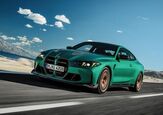


















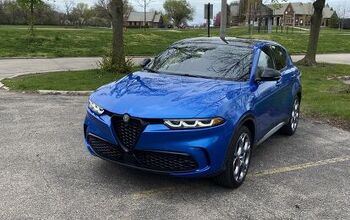
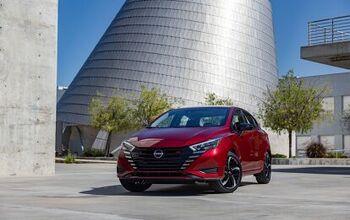
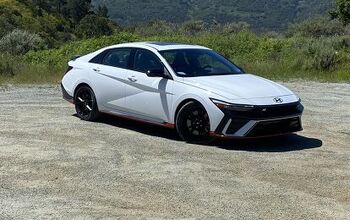
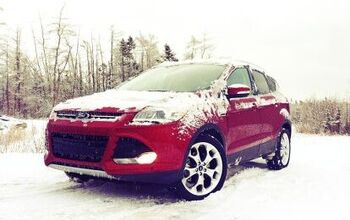
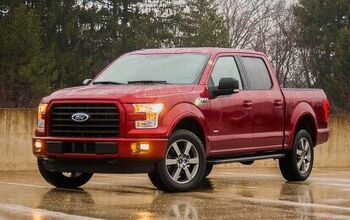
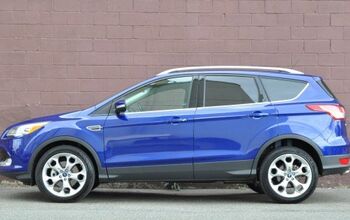
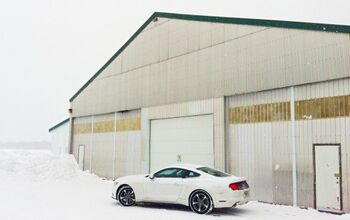
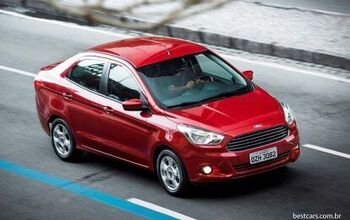

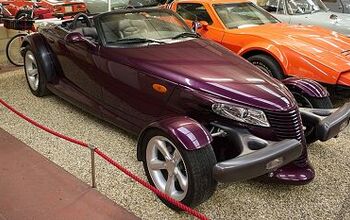
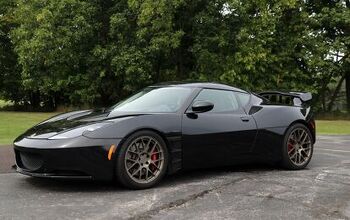
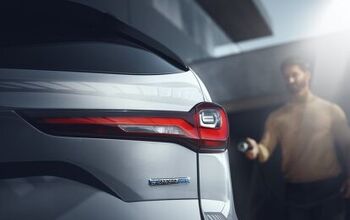

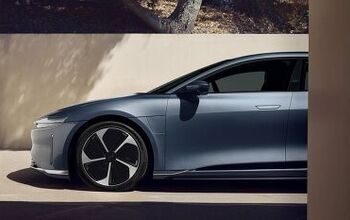
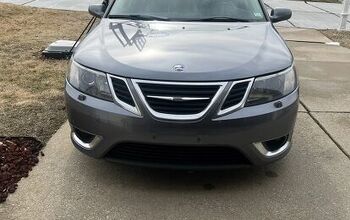
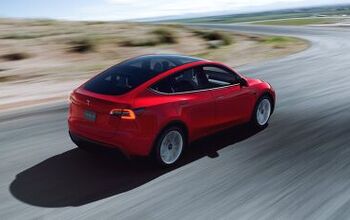
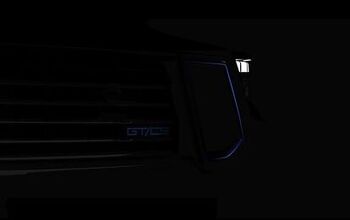

Comments
Join the conversation
As an owner of a '13 Fusion Titanium I feel that a comment is warranted. First of all, I don't know why an AWD version of the Fusion is offered. It's not needed. I live in the snow belt and with a good set of winter rubber it does just fine in FWD only. As for price, I got a leftover fully loaded 2013 in early 2014 for less than $30k. Has literally everything this one does sans AWD. Half of the options I don't use, but some are surprising items I wouldn't buy another car without. By comparison I cross shopped all the main competitors and aside from personal preferences on styling, fit and finish the only way to go cheaper for a reasonably equally optioned vehicle was the Malibu or 200...and they didn't really have a true equal, at least at that time. Fuel economy is mostly about driving style. My trip computer over 1000 miles of city driving (basically the entire winter) says 24.8 MPG right now. Last summer I was on a road trip through IL, IN & MI and got as high as 34 MPG on reasonably flat land. Mileage does vary and speed (over 75MPH) and hooning obviously affects it greatly. I get on the boost to pass someone on a two lane or merge onto the expressway but otherwise I don't hot rod it between stoplights. Sure, an Accord or Camry can do better with a V6 but in the class the difference is minuscule (just a few MPG's). Arguing over 0-60 times is a little crazy for a large sedan like this. It's an argument I would make before I had enough money to even buy a vehicle of this caliber. I wouldn't consider running 1/4 mile drags in this car, nor a Camcord. Ford builds a perfectly fine Mustang if that's your desire. That brings me to the fun to drive factor, which is subjective, but in all seriousness I left an Accord and went to Ford because the new Accords have become another "Buick". My old Accord from the late 90's was a standout in its class, today not so much. Not that the Fusion is the best vehicle ever, but it's got a more youthful and sporting ride (and style) than most of its competition. Jury is still out on long term durability but overall fit and finish is nicer than the Camcords. Again subjective but this is not a 2000 Taurus by a long shot.
@200k. I agree. I have a 2014 Titanium FWD and much of this is shit. I drive 7 miles to work each way, and I still haven't averaged less than 24mpg. In town. The only time I took the car on the "highway" was when I drove from the coast to the middle part of Florida to go to the 12hrs of Sebring. Even having to pass old school buses full of migrant farm workers doing 45 in a 60mph zone, I still managed 32mpg average. I could achieve 14mpg in a Prius if I drove like an idiot too. Some people just wanna skew facts. Kinda like most car guys say a Miata isn't an instant symbol for the love of cock. I'd also like to add that I have a 2010 Raptor, a 03 Mach 1, and a 1994 Cobra...so I know about bad gas mileage